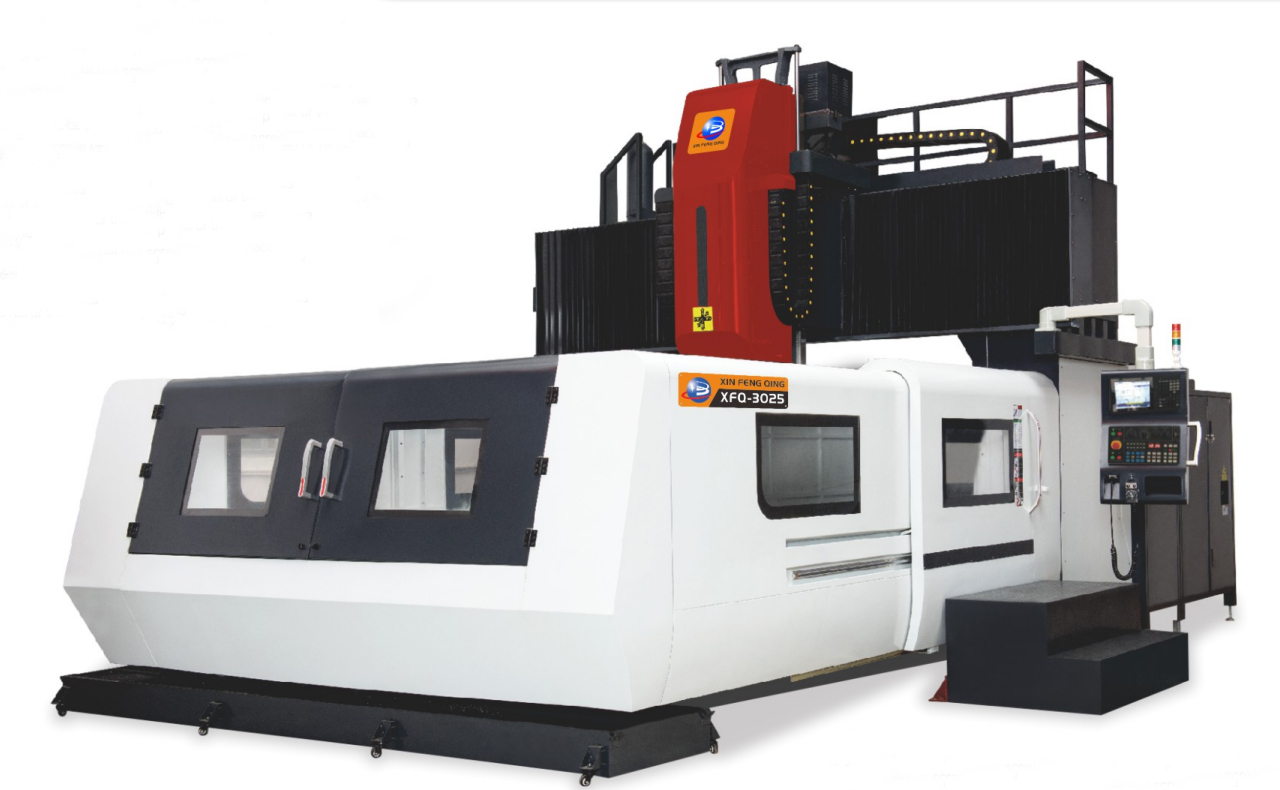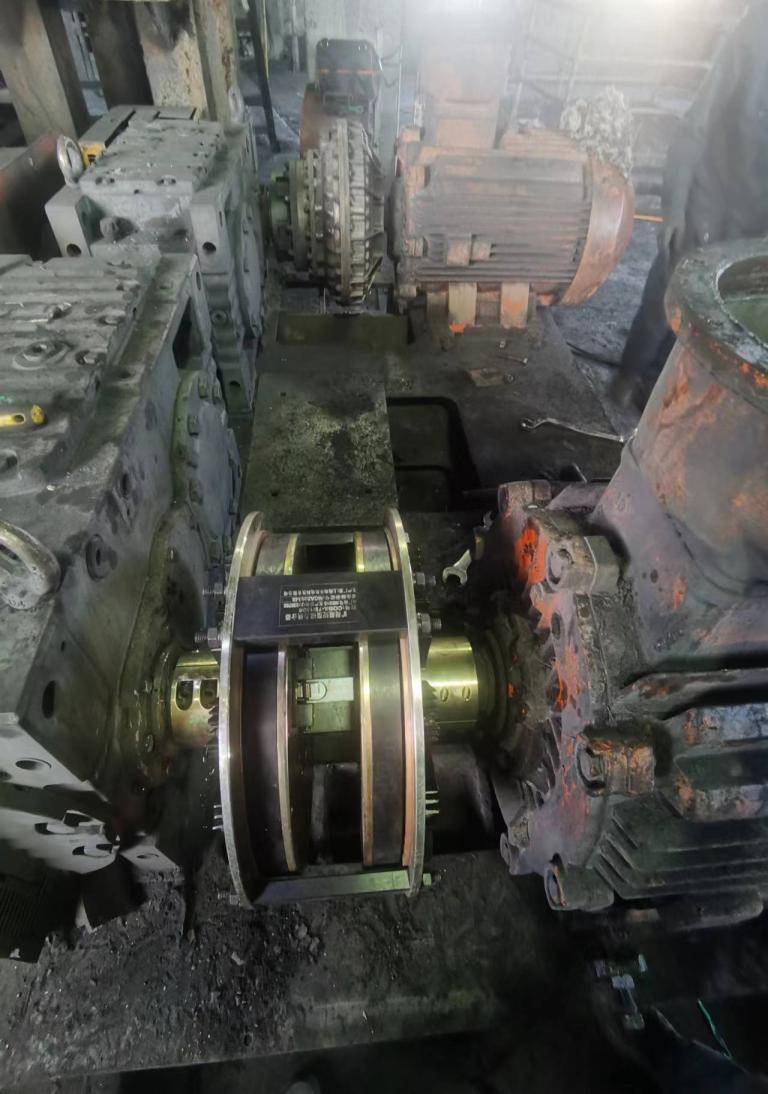In the world of chainsaws, the array of options can be overwhelming, leaving prospective buyers pondering, "Which chainsaw should I buy?" With factors ranging from power source to intended use, making the right choice requires careful consideration. In this comprehensive guide, we unravel the complexities of chainsaw selection, empowering you to make an informed decision tailored to your specific needs.
1. Assess Your Needs:
Before diving into the vast sea of chainsaw options, identify your primary requirements:
- Intended Use: Determine whether you need a chainsaw for occasional yard work, professional forestry tasks, or specialized applications such as sculpting or carving.
- Scope of Work: Consider the size and type of trees you'll be cutting, the frequency of use, and the complexity of tasks you anticipate undertaking.
- Experience Level: Factor in your level of experience with chainsaws, as certain models may be better suited for beginners or seasoned operators.
2. Power Source Options:
Chainsaws are available in three primary power sources, each with its advantages and considerations:
- Gasoline-Powered: Ideal for heavy-duty tasks and remote locations where access to electricity is limited. Gasoline chainsaws offer maximum power and portability but require regular fueling and maintenance.
- Electric (Corded): Suited for lighter tasks and residential use where access to a power outlet is available. Electric chainsaws are quieter, emit no fumes, and require minimal maintenance but are limited by cord length.
- Battery-Powered: Increasingly popular for their portability, low noise levels, and zero emissions. Battery-powered chainsaws offer convenience and are well-suited for light to moderate tasks, although runtime and power may vary depending on battery capacity.
3. Consider Key Features:
- Bar Length: The length of the guide bar determines the size of the wood you can cut. Select a bar length appropriate for your intended tasks, balancing maneuverability with cutting capacity.
- Safety Features: Prioritize chainsaws equipped with safety features such as chain brakes, kickback protection, and ergonomic design to minimize the risk of accidents.
- Ease of Maintenance: Look for chainsaws with tool-less chain tensioning systems, accessible air filters, and straightforward maintenance requirements to streamline upkeep and prolong the lifespan of your equipment.
4. Brand Reputation and Support:
Research reputable brands known for manufacturing reliable, high-quality chainsaws. Consider factors such as warranty coverage, availability of replacement parts, and customer support services to ensure a smooth ownership experience.
5. Budget Considerations:
While it's tempting to prioritize cost, remember that investing in a quality chainsaw tailored to your needs can ultimately save you time, money, and frustration in the long run. Evaluate your budget in relation to the features, performance, and durability offered by different models.
Conclusion:
Selecting the perfect chainsaw requires careful consideration of your specific needs, power source preferences, key features, brand reputation, and budget constraints. By conducting thorough research, assessing your requirements, and prioritizing safety and quality, you can confidently choose a chainsaw that will meet your expectations and deliver reliable performance for years to come.
In summary, navigating the maze of chainsaw options may seem daunting at first, but armed with the knowledge and insights provided in this guide, you can embark on your purchasing journey with clarity and confidence, ensuring that the chainsaw you select is the perfect match for your needs.








+ There are no comments
Add yours